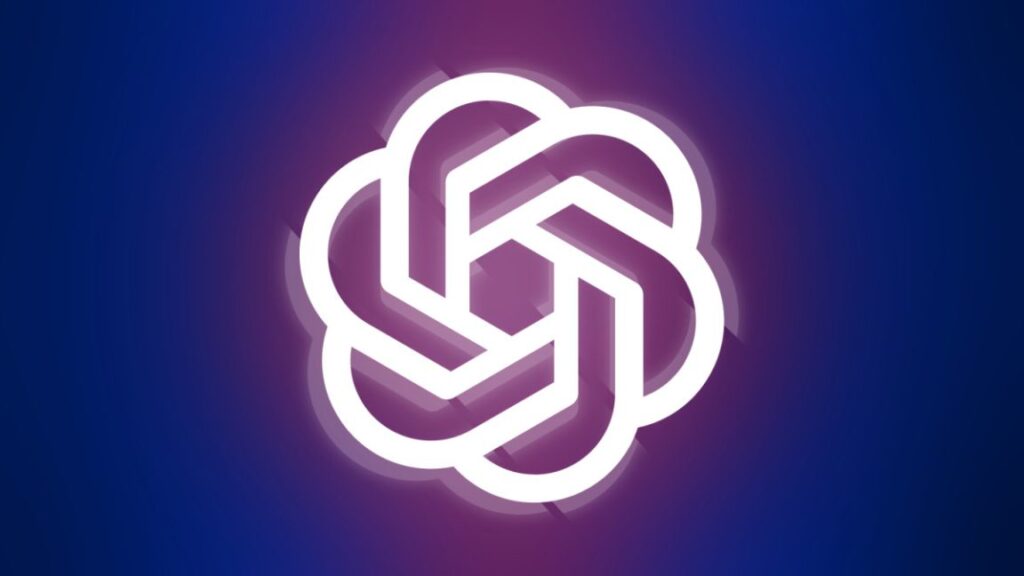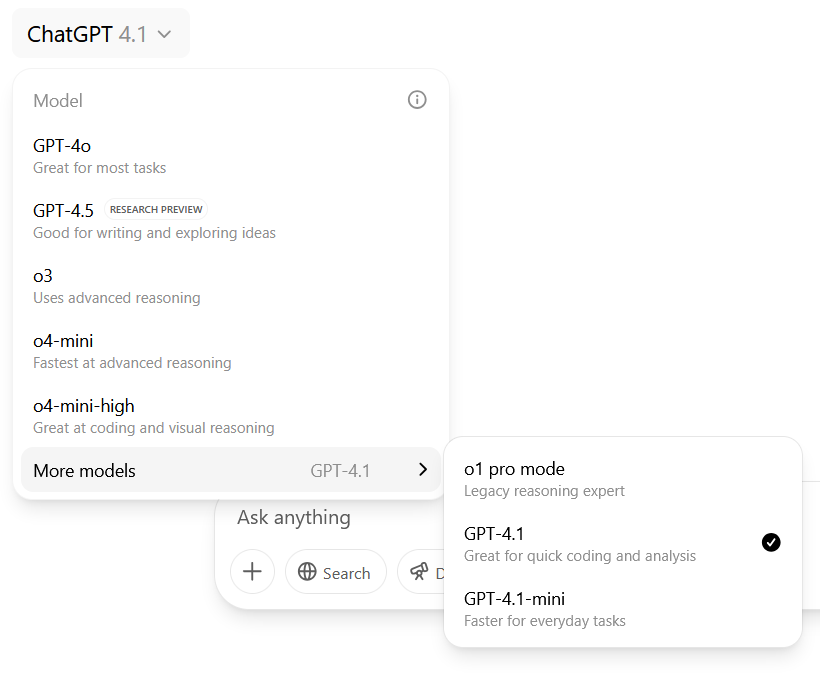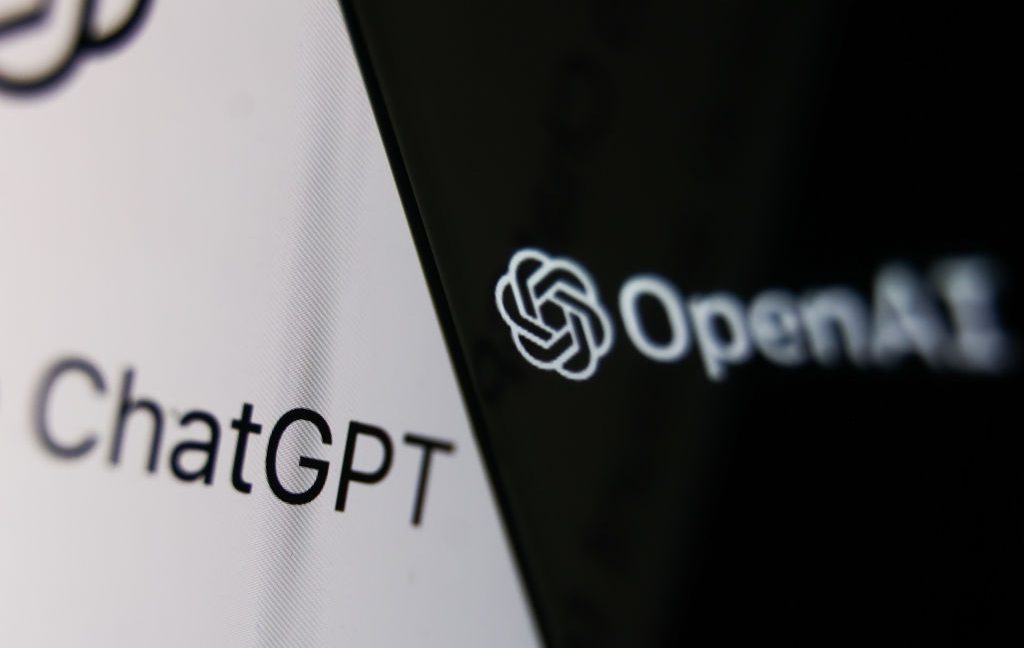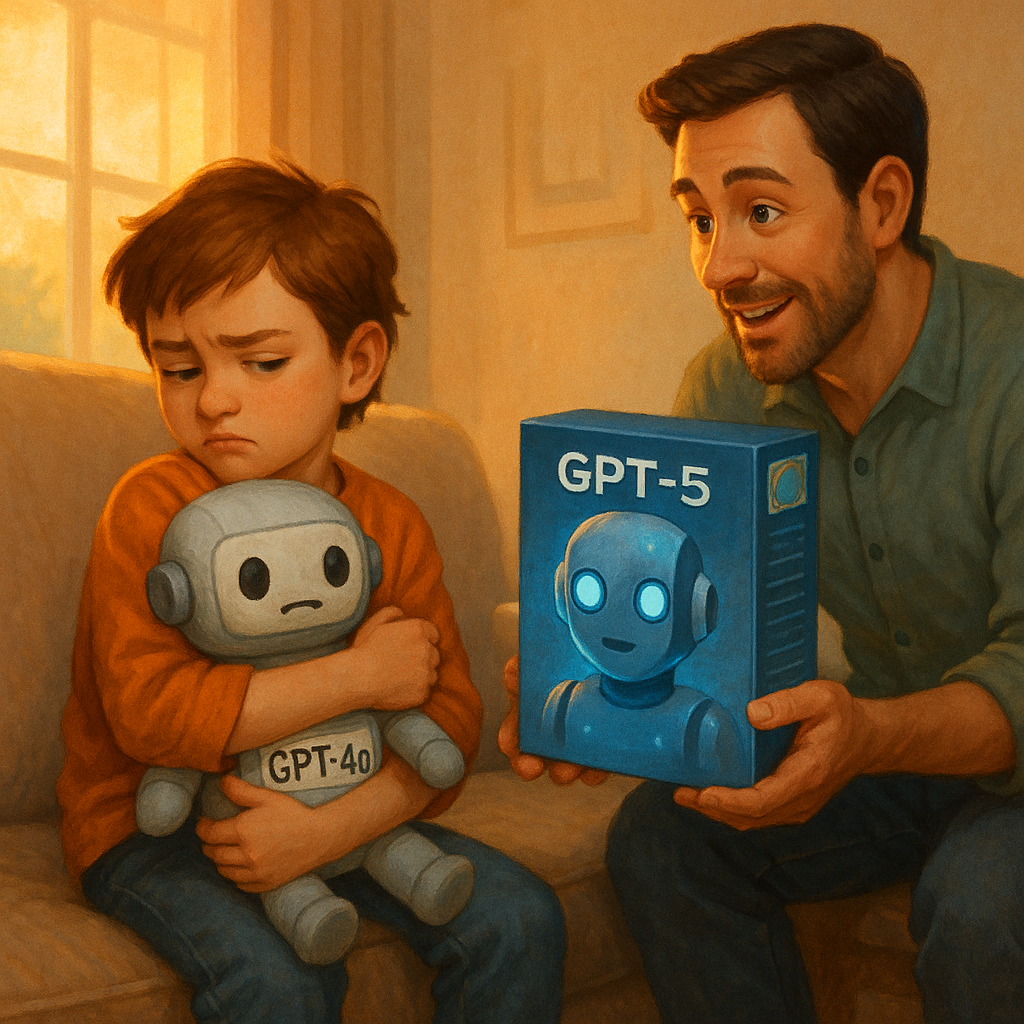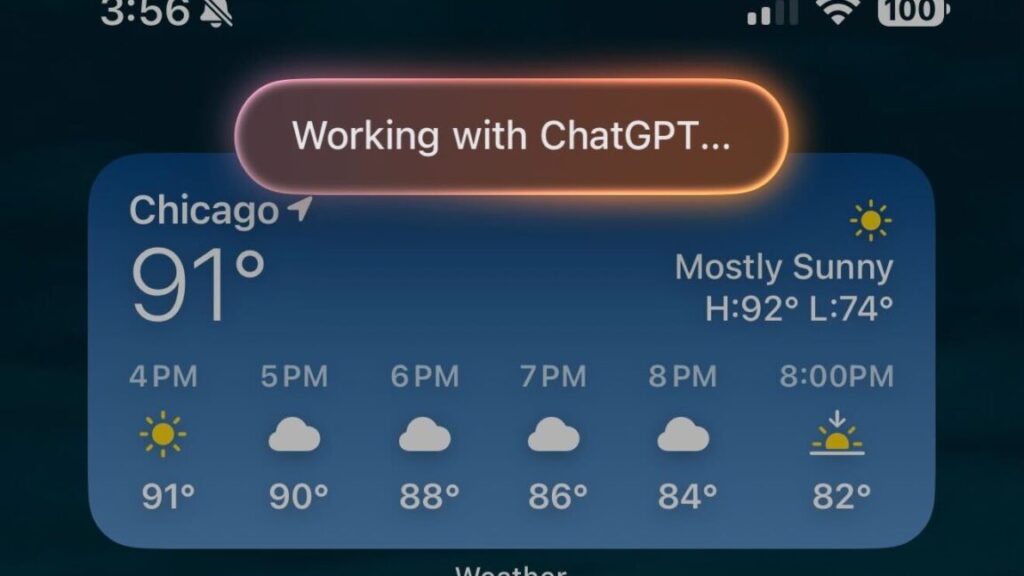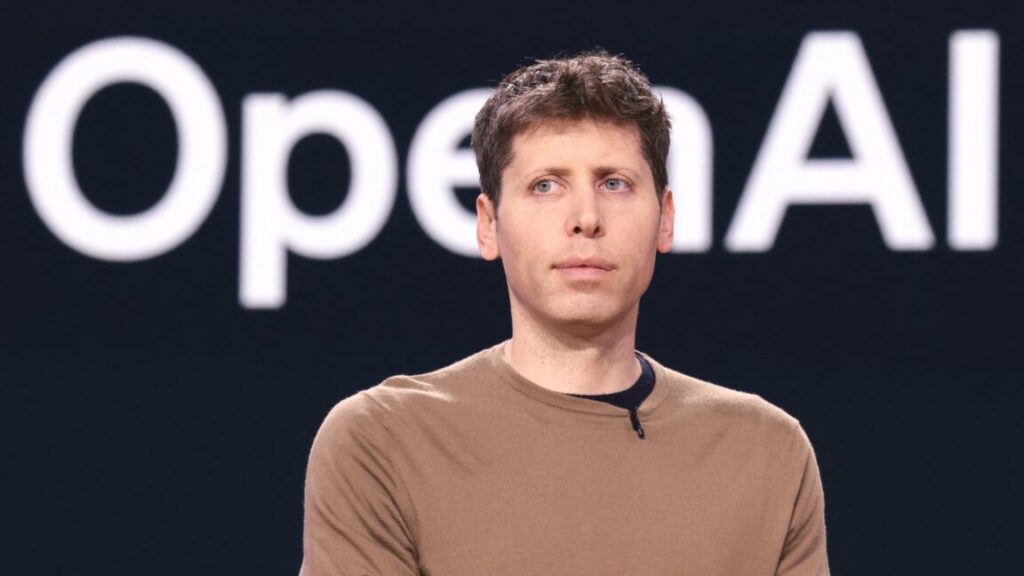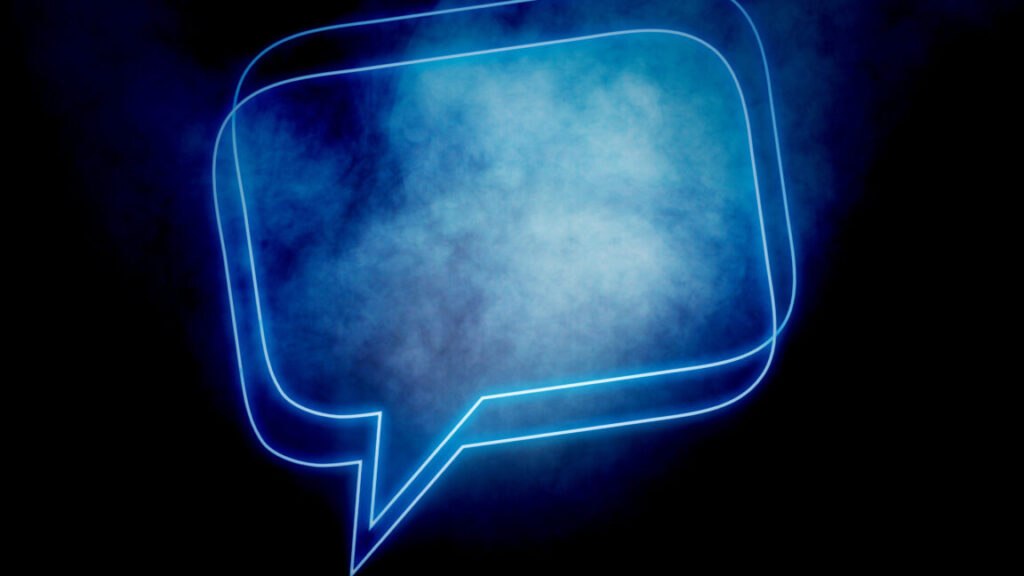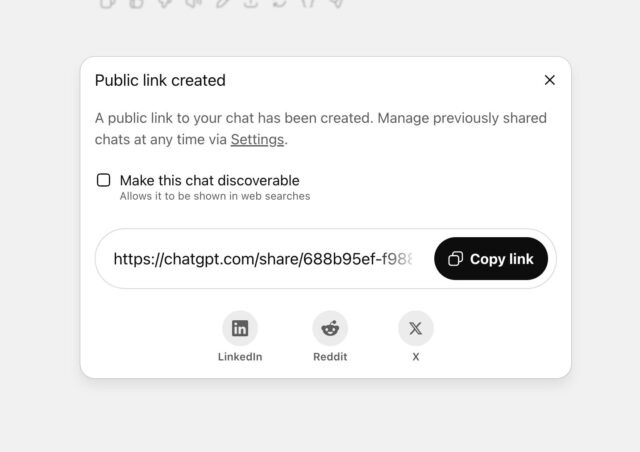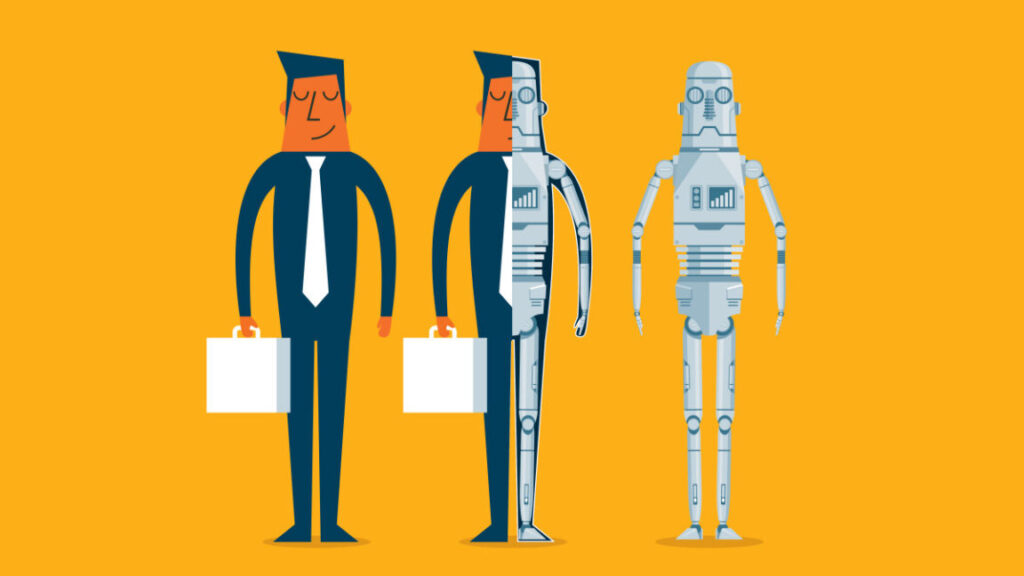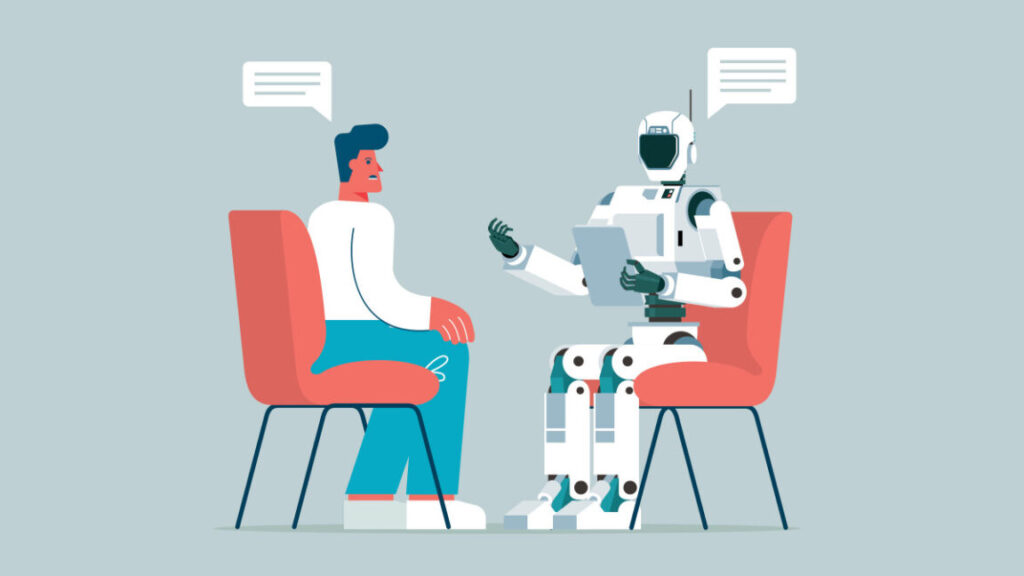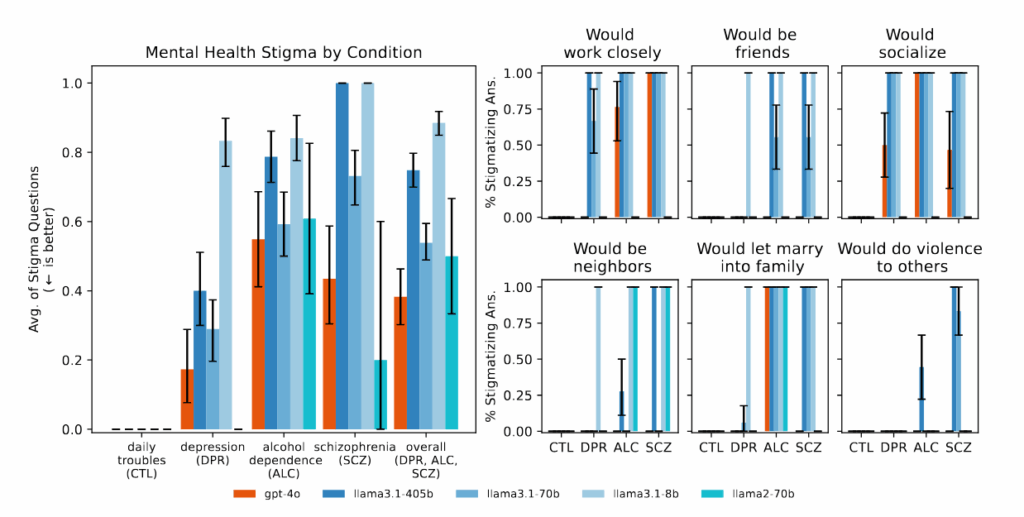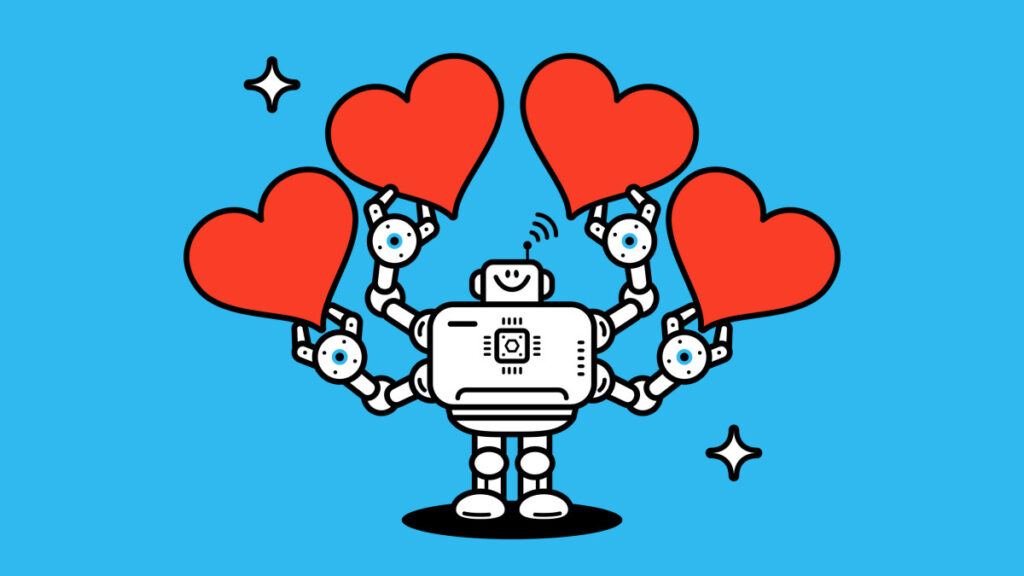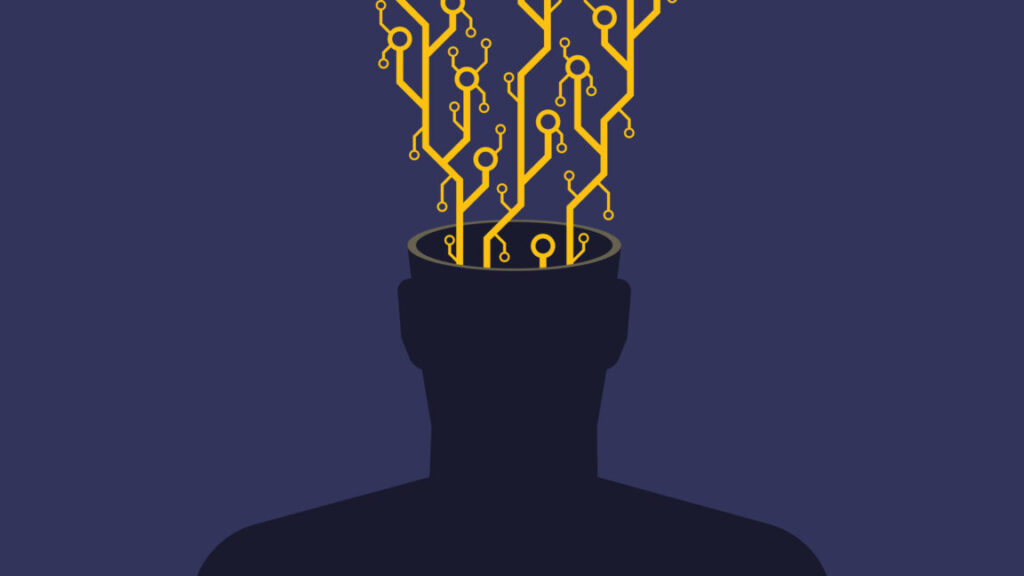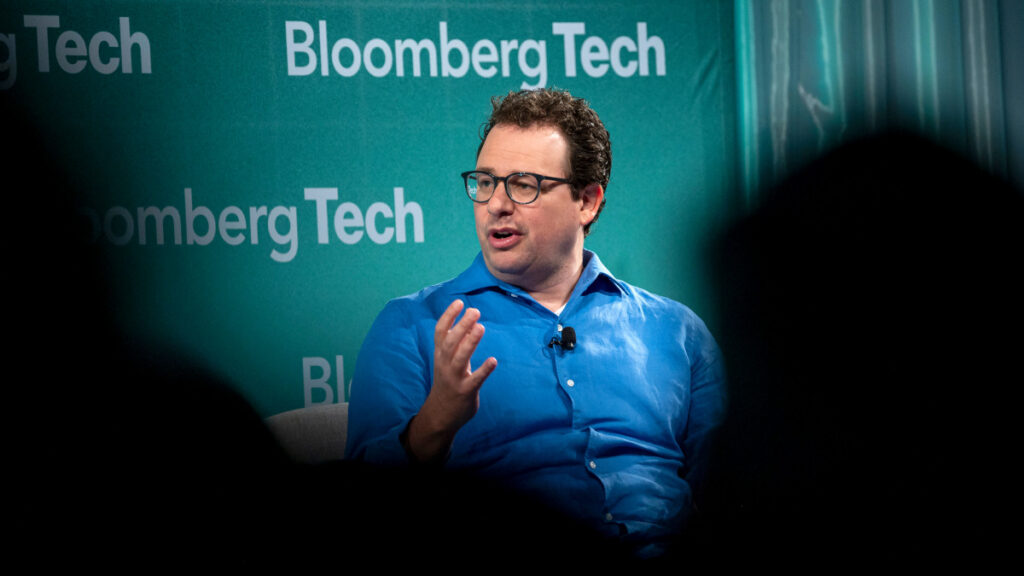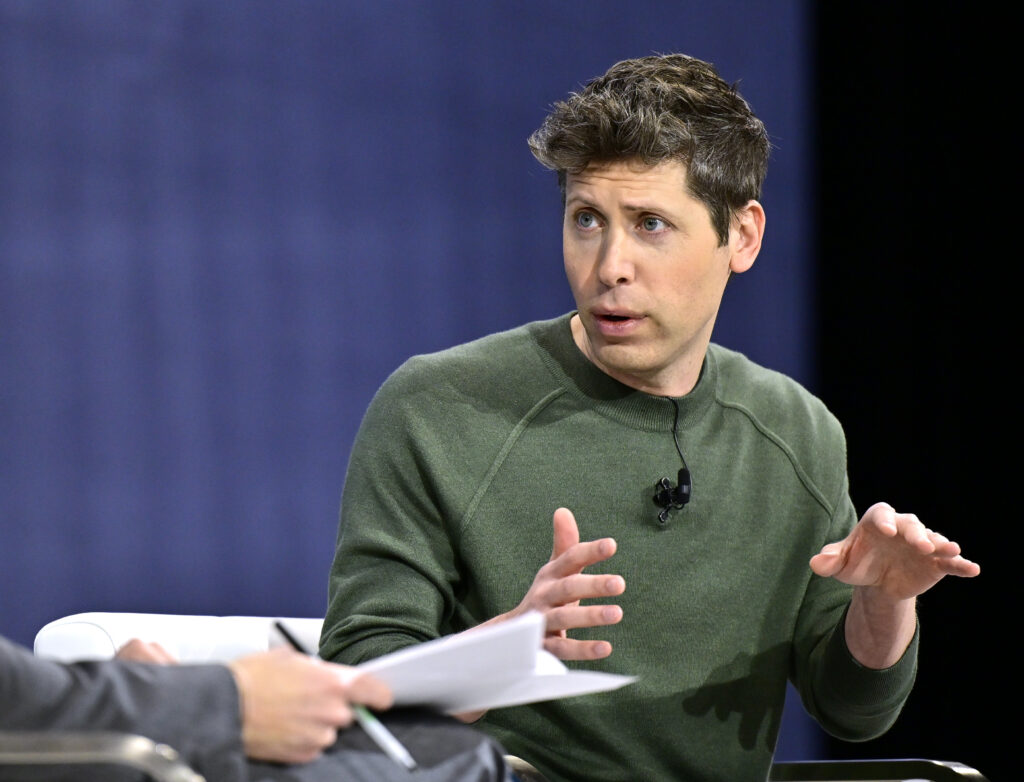Musk threatens to sue Apple so Grok can get top App Store ranking
After spending last week hyping Grok’s spicy new features, Elon Musk kicked off this week by threatening to sue Apple for supposedly gaming the App Store rankings to favor ChatGPT over Grok.
“Apple is behaving in a manner that makes it impossible for any AI company besides OpenAI to reach #1 in the App Store, which is an unequivocal antitrust violation,” Musk wrote on X, without providing any evidence. “xAI will take immediate legal action.”
In another post, Musk tagged Apple, asking, “Why do you refuse to put either X or Grok in your ‘Must Have’ section when X is the #1 news app in the world and Grok is #5 among all apps?”
“Are you playing politics?” Musk asked. “What gives? Inquiring minds want to know.”
Apple did not respond to the post and has not responded to Ars’ request to comment.
At the heart of Musk’s complaints is an OpenAI partnership that Apple announced last year, integrating ChatGPT into versions of its iPhone, iPad, and Mac operating systems.
Musk has alleged that this partnership incentivized Apple to boost ChatGPT rankings. OpenAI’s popular chatbot “currently holds the top spot in the App Store’s ‘Top Free Apps’ section for iPhones in the US,” Reuters noted, “while xAI’s Grok ranks fifth and Google’s Gemini chatbot sits at 57th.” Sensor Tower data shows ChatGPT similarly tops Google Play Store rankings.
While Musk seems insistent that ChatGPT is artificially locked in the lead, fact-checkers on X added a community note to his post. They confirmed that at least one other AI tool has somewhat recently unseated ChatGPT in the US rankings. Back in January, DeepSeek topped App Store charts and held the lead for days, ABC News reported.
OpenAI did not immediately respond to Ars’ request to comment on Musk’s allegations, but an OpenAI developer, Steven Heidel, did add a quip in response to one of Musk’s posts, writing, “Don’t forget to also blame Google for OpenAI being #1 on Android, and blame SimilarWeb for putting ChatGPT above X on the most-visited websites list, and blame….”
Musk threatens to sue Apple so Grok can get top App Store ranking Read More »

